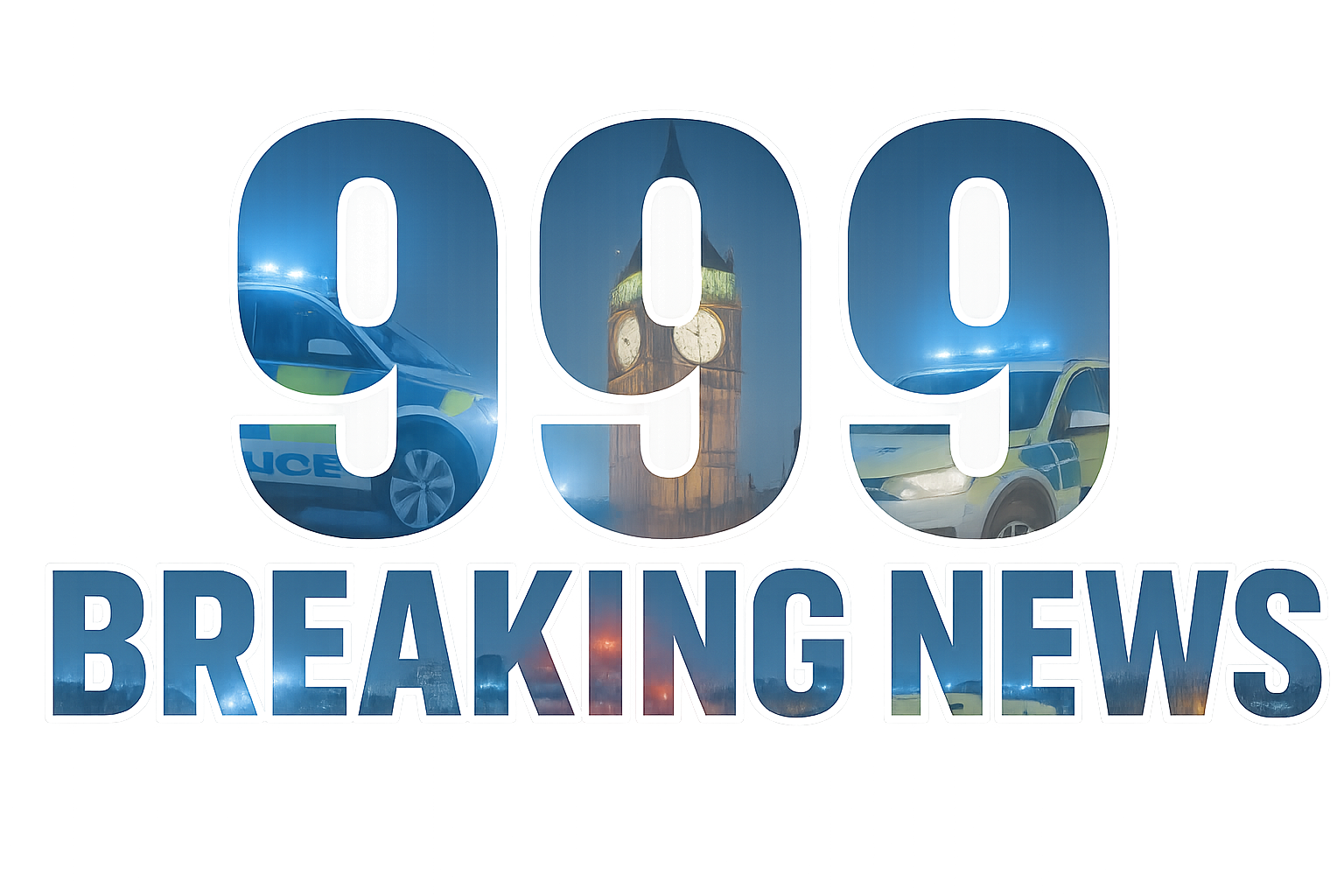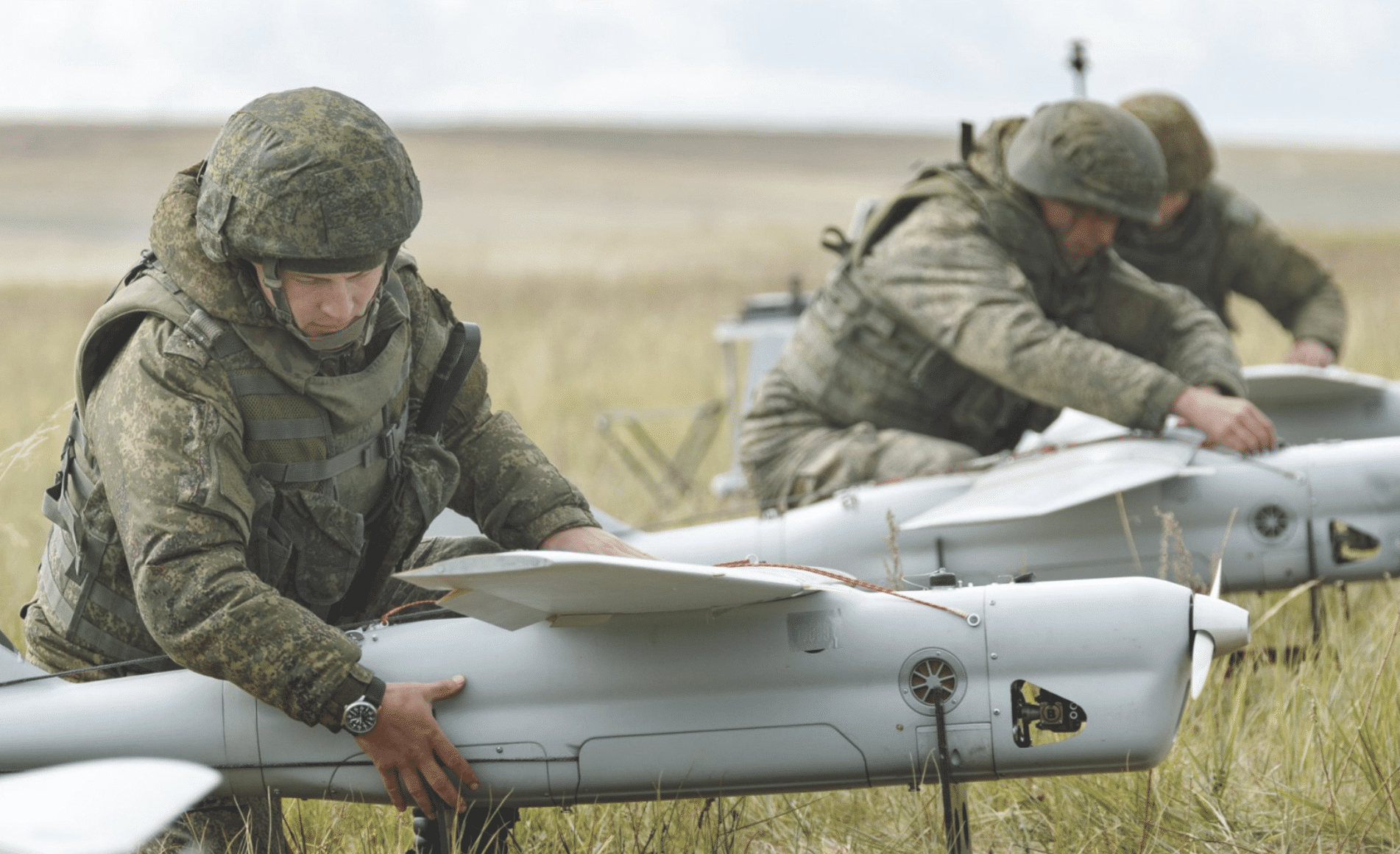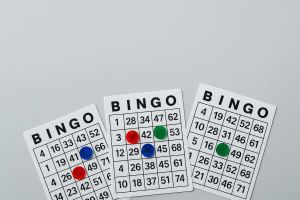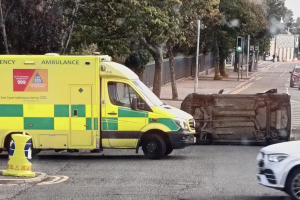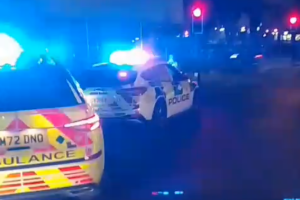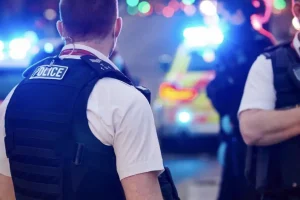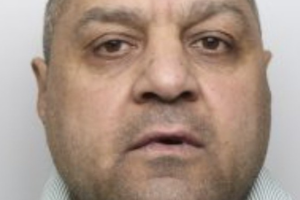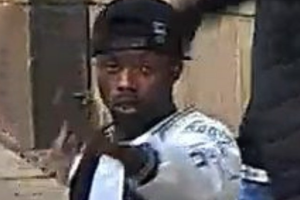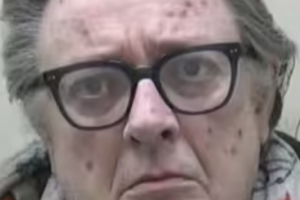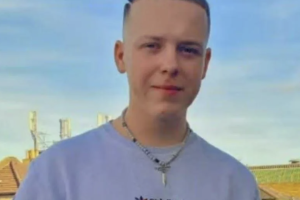In a major demonstration of technological strength, Ukraine’s air defence systems successfully shot down 42 Russian drones on the night of 5 May 2025, while Russian forces in Moscow repelled 19 incoming drones, according to officials in both countries. The incidents underscore the growing dominance of drone warfare in the ongoing Russo-Ukrainian War.
Ukraine credited a mix of traditional air defence systems and electronic warfare for its success, while Russia’s mayor claimed the attacks on Moscow caused no injuries or major damage.
Ukraine’s Air Defence Demonstrates Strategic Superiority
Ukraine’s Air Force intercepted and destroyed 42 Russian UAVs launched from areas including Bryansk and Kursk, as reported by Reuters. In addition to the drones, 21 decoy UAVs were detected and neutralised, causing no damage.
“This demonstrates our increasing ability to defeat drone swarms,” said Colonel Vadym Sukharevskyi, head of Ukraine’s Unmanned Systems Forces.
Ukraine’s growing capabilities are credited to innovations like laser interception, FPV drones, and AI-assisted targeting, developed in partnership with private defence firms. The Kyiv School of Economics reported that nearly 60% of military technology now comes from domestic businesses.
Russia Fends Off Rare Drone Attack on Moscow
Meanwhile, Moscow’s mayor Sergei Sobyanin reported that 19 drones were destroyed while approaching the Russian capital “from different directions.” No significant damage was recorded, but the event marked one of the most direct assaults on Moscow since the war began in 2022.
Russia has increased deployment of S-400 air defence systems around the capital, according to TASS, yet the attack exposed potential vulnerabilities in homeland security. The origin of the drones remains unconfirmed.
Drone Warfare: A Changing Battlefield
Unmanned aerial systems have become a cornerstone of combat operations for both sides. Russia’s use of Iranian-made Shahed drones is widespread but increasingly ineffective against Ukraine’s defences. In contrast, Ukraine has embraced innovation—recently using a maritime drone to down a Russian Su-30 jet, as reported by Forbes.
A NATO strategic report noted that Ukraine’s tactics are now informing Western drone defence strategies, with member states observing and adapting Ukraine’s technologies for future conflicts.
Civilian and Political Fallout
While the 5 May incidents caused no reported civilian casualties, earlier drone strikes, including a 4 May attack on Kyiv, left 11 people injured, including two children. Infrastructure in Kharkiv and Cherkasy has also suffered repeated damage from drone debris.
Human rights organisations and the United Nations continue to press for increased humanitarian assistance, while Ukrainian authorities race to reinforce their defences.
Diplomatic Developments
These events unfolded amid delicate geopolitical talks. President Vladimir Putin had proposed a 72-hour ceasefire from 8–10 May, aligning with WWII Victory Day commemorations, while President Volodymyr Zelenskyy insisted on a 30-day truce, according to BBC News.
High-level discussions between Ukrainian, U.S., and Saudi officials in Jeddah are ongoing, The Wall Street Journal reports, though hopes for a lasting ceasefire remain uncertain.
Social Media Response
On X (formerly Twitter) and Facebook, reactions ranged from national pride to concern. Ukrainian users praised their air force and posted images of downed drones, while Russian netizens questioned how UAVs reached Moscow. Hashtags like #DroneWarfare, #UkraineAirDefence, and #ShahedDown trended globally.
Conclusion
The destruction of 42 Russian drones over Ukraine and 19 over Moscow highlights the rapidly escalating role of drone warfare in the Russo-Ukrainian War. With both nations leveraging cutting-edge technology and adapting their military doctrines, the skies remain a central battlefield.
As both militaries race to improve drone defence and countermeasure systems, the conflict underscores how 21st-century warfare is increasingly unmanned, autonomous, and data-driven.
